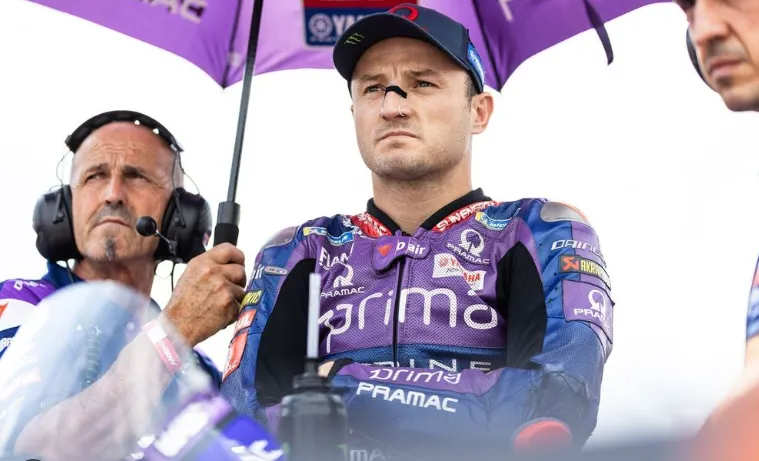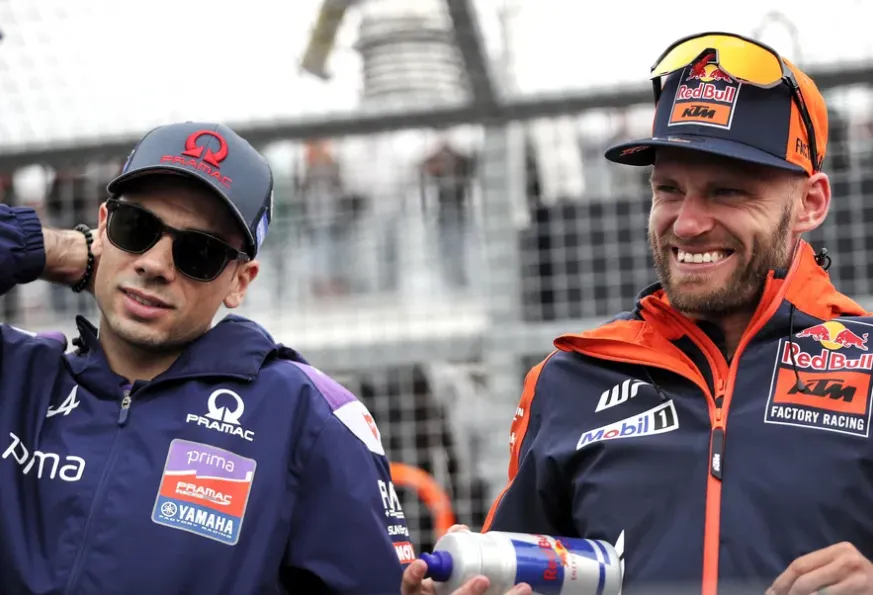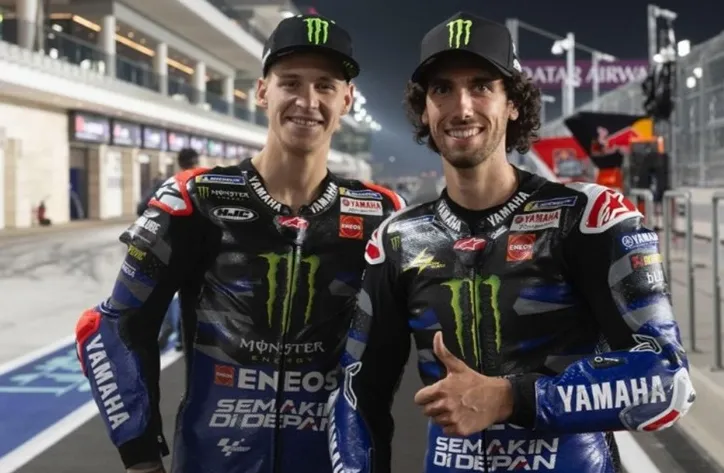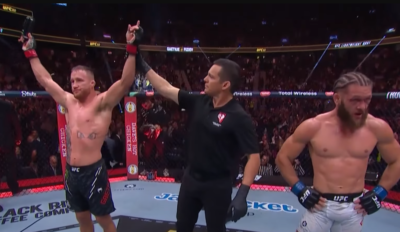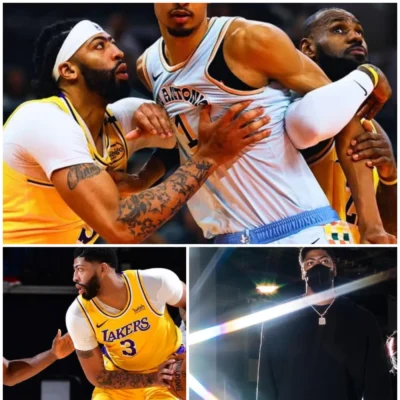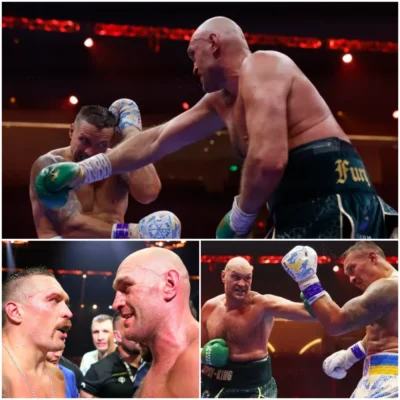
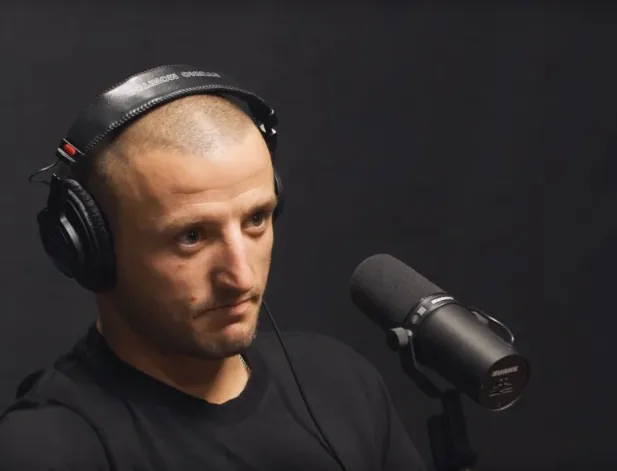
Jack Miller Reveals the Heartbreaking Truth – ‘There’s a Rider Signing Contracts for Almost Free’ – Who is the Victim?
In the high-octane world of MotoGP, we often assume riders are living the dream—fame, speed, adrenaline, and million-dollar contracts. But behind the glamour lies a gritty and often underreported reality. Australian MotoGP star Jack Miller has shattered the illusion with a brutally honest revelation: some young riders are signing contracts that are practically worthless, just to get a seat on the grid. His comments, made during an appearance on the Gypsy Tales Podcast, shine a harsh light on the financial challenges facing MotoGP rookies, exposing a truth that few dare to talk about.
Jack Miller exposes MotoGP’s salary crisis
Jack Miller, known for his no-nonsense attitude and raw honesty, dropped a bombshell when he disclosed that some rookies are signing MotoGP contracts for as little as 60,000 AUD, or roughly €32,740. “I swear. A rookie signed for 60,” Miller said bluntly. “And you don’t even get bonuses as a rookie. It’s not like before.” His comparison is stark: when he entered the sport back in 2015, the base salary was around 250,000 AUD, which converts to approximately €136,420. That represents a massive drop in earnings over the past decade—despite the sport’s continued global expansion.
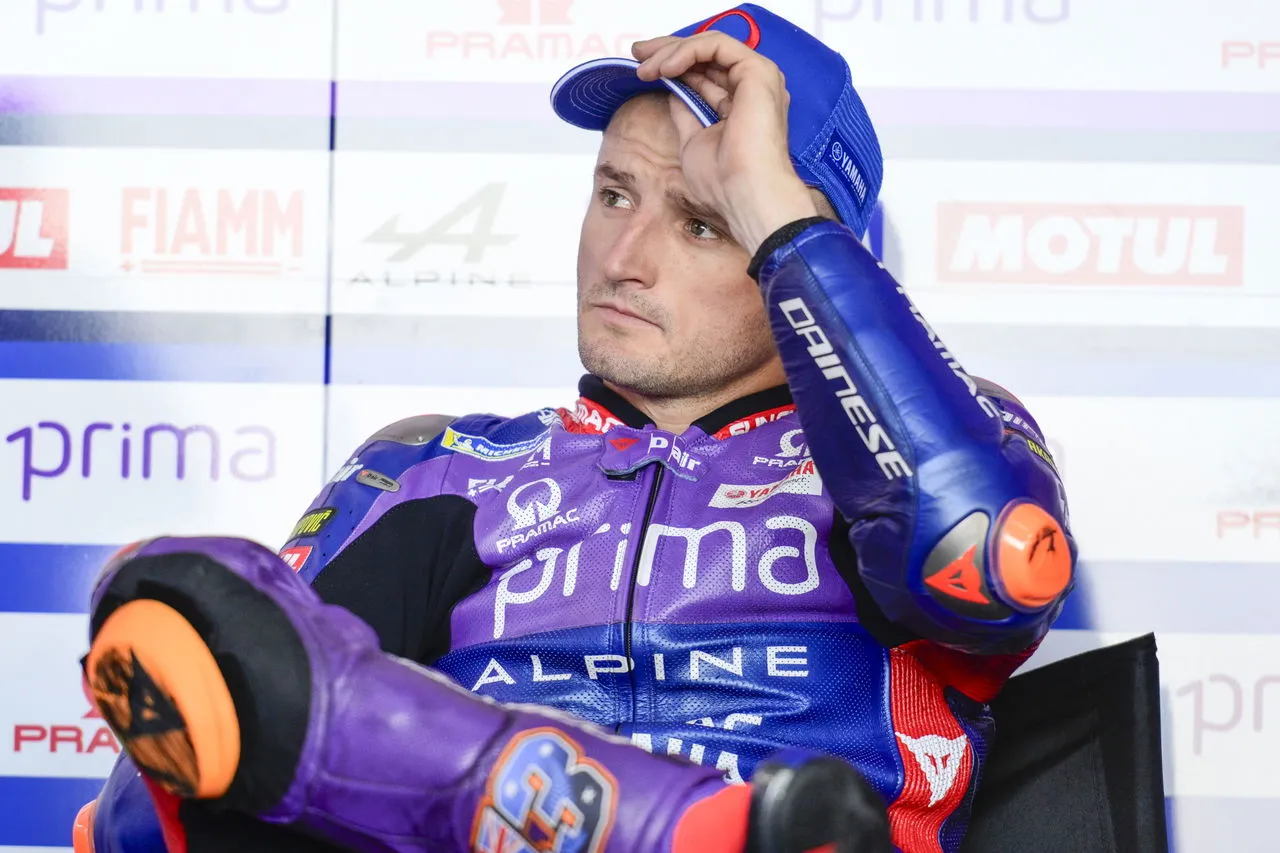
While MotoGP continues to enjoy millions of viewers and a rising international profile, it appears that young riders are paying a heavy personal price just to compete. Miller’s comments have ignited discussions across the paddock and fanbase. Are these riders victims of a broken system? Or is this just the price of admission into the premier class?
The ‘dream’ of MotoGP hides brutal financial truths
At first glance, a salary of €30,000+ per year may seem reasonable. But as Miller emphasizes, this number becomes shocking when you factor in the demands and risks of a full-time MotoGP career. “You have to work like a dog in the gym every day when you’re not riding. And on top of that, we don’t have a backup skill set. Driving is all we know,” Miller said. For young talents, especially those from countries like Australia or South America, the financial burden of relocating to Europe just to race compounds the problem.
Moreover, the salary disparity between MotoGP and other elite motorsports like Formula 1 is staggering. While top F1 drivers rake in $40–50 million a year, MotoGP’s top riders make a fraction of that. And rookies? They’re lucky to make five figures. In Miller’s words: “I’d do it for free because I love it. But people should know what we give up to be here.”
Satellite teams and the shrinking salary pool
One major factor contributing to this downward trend is the rise of satellite teams. These teams operate with far fewer resources than factory outfits like Ducati, Yamaha, or KTM. With limited budgets, satellite squads often look for young, hungry riders willing to accept lower pay just to break into MotoGP. This economic model benefits the teams but puts immense pressure on the riders.
Factory riders like Francesco Bagnaia or Marc Márquez can still command high salaries, but that elite tier is shrinking. The middle class of MotoGP is evaporating, replaced by rookies and journeymen who are either paid poorly or told to bring their own sponsors. “It’s crazy,” Miller remarked. “We have more riders getting paid than when I started, but at the same time, it’s not like the good ol’ days. That’s over.”
This creates a vicious cycle: talented young riders accept low wages to prove themselves, which normalizes the idea of “racing for cheap,” leading teams to expect more for less. In the end, the value of rider talent is undermined.
Japanese manufacturers no longer spending big
Another blow to rider earnings has been the decline of Japanese manufacturers. Once known for generously paying their riders, brands like Yamaha, Suzuki (before its exit), and Honda have reduced spending drastically. Honda, in particular, has suffered a dramatic fall from grace after losing Marc Márquez and enduring technical struggles. Once a dominant force, Honda now finds itself rebuilding both its bike and its budget.
Without the financial muscle of Japanese giants, European manufacturers like Ducati and Aprilia are leading the charge—but they operate under leaner models. Even KTM, Miller’s current team, is no stranger to cost efficiency. The new business model in MotoGP is clear: invest in the bike, not the riders. And that shift is hurting those trying to climb the ranks.
The human cost: families, relocations, and no plan B
What’s perhaps most heartbreaking in Miller’s testimony is the emotional and personal sacrifice riders make. “Some leave their countries at 13 or 14 years old. They have nothing else to fall back on. This is their only chance,” he said. It’s not just about physical danger on the bike—it’s about emotional strain, financial risk, and total life dedication.
Unlike most professions, MotoGP offers no guarantee of longevity. A crash, a bad season, or a new team boss can end a rider’s career in a heartbeat. Without high wages or career transition plans, many riders are left stranded. There are no retirement funds, no fallback jobs, no security. “We need people to understand that this isn’t just a sport. For most of us, it’s life or nothing,” Miller emphasized.
Who is the rider signing for 60K? Fans begin to speculate
Miller’s bombshell has led fans and analysts alike to speculate about the identity of the rider he referenced. Some believe it could be a recent rookie like Pedro Acosta or Fermin Aldeguer, who are young, immensely talented, and recently signed MotoGP contracts. Others suggest it could be a lesser-known rider entering a satellite team under financial strain.
While Miller didn’t name names, the real issue isn’t who—it’s how common this is becoming. More and more riders may be forced to take below-market contracts just to survive. That’s a recipe for long-term instability and talent loss, as young prospects may eventually choose safer, more stable careers outside of racing.
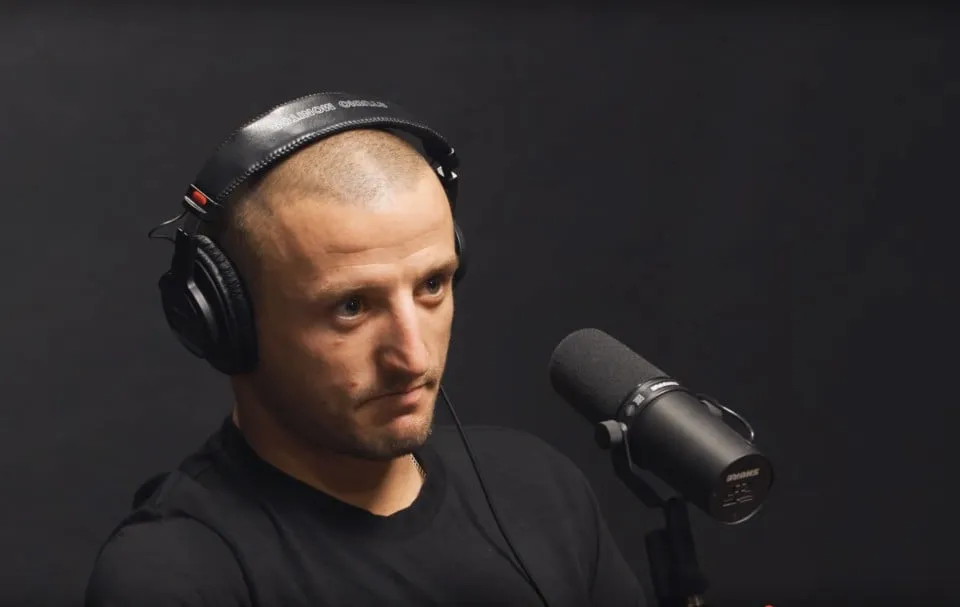
MotoGP needs a financial reset—or risks losing its future stars
What Miller’s revelations make clear is that MotoGP’s financial model is unsustainable for young talent. If rookies are signing for 60K while risking their lives and dedicating every ounce of energy to the sport, the system is broken. The sport cannot thrive if it treats its youngest athletes as disposable.
MotoGP needs a structural reassessment—potentially including minimum salary rules, sponsor revenue sharing, or better career support programs for riders at every level. Without these reforms, we may soon face a future where only the wealthy or well-connected can afford to race.
Riders like Miller are speaking out because they care—not just about their own careers, but about the future of MotoGP itself. “It’s a beautiful sport, but it shouldn’t come at such a high personal price,” he concluded.
Final thoughts: Jack Miller, the unlikely voice of rider rights
Jack Miller might not be the first name that comes to mind when you think of a union leader or reform advocate—but his raw honesty and emotional candor have started an important conversation. By calling out the economic inequality within MotoGP, he has shown fans a side of racing they rarely see.
In an industry built on speed and risk, perhaps it’s time to slow down and ask: what are we doing to protect our riders, not just their safety, but their livelihoods?








